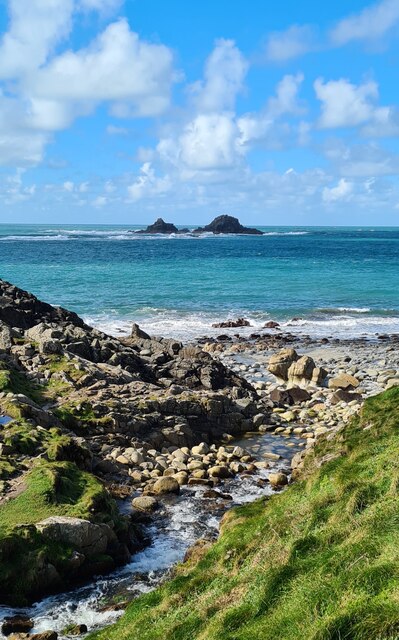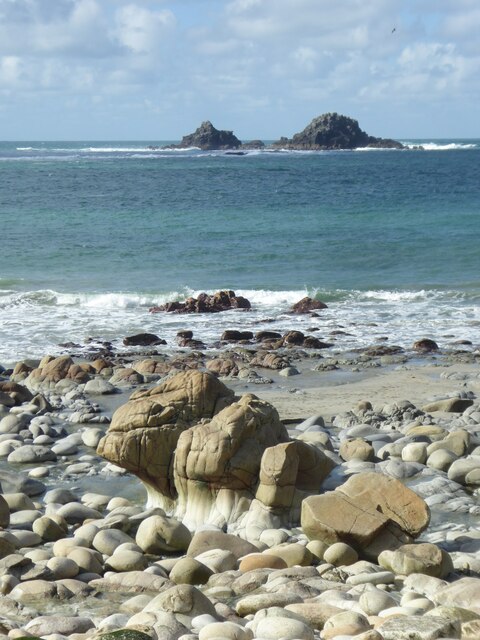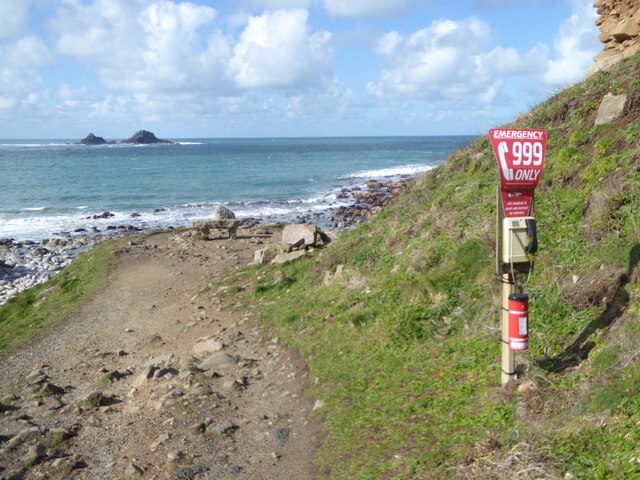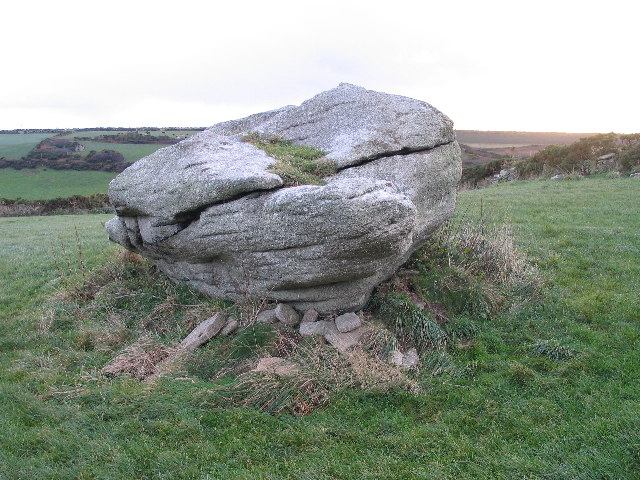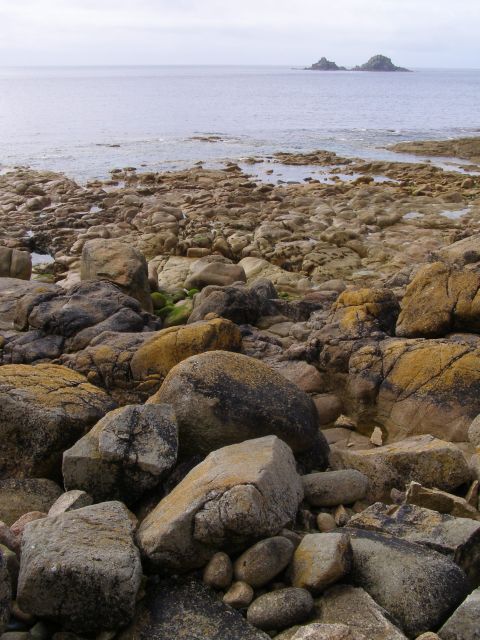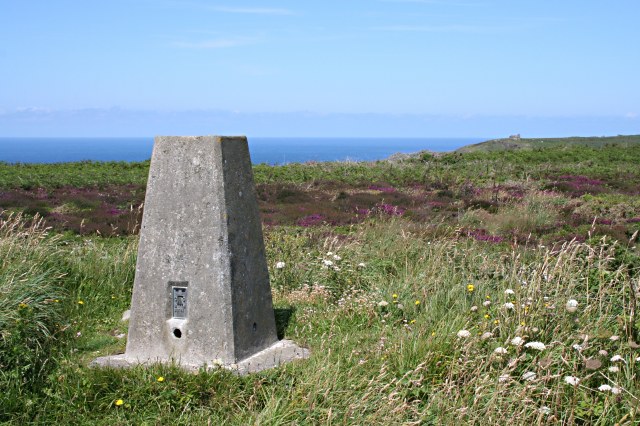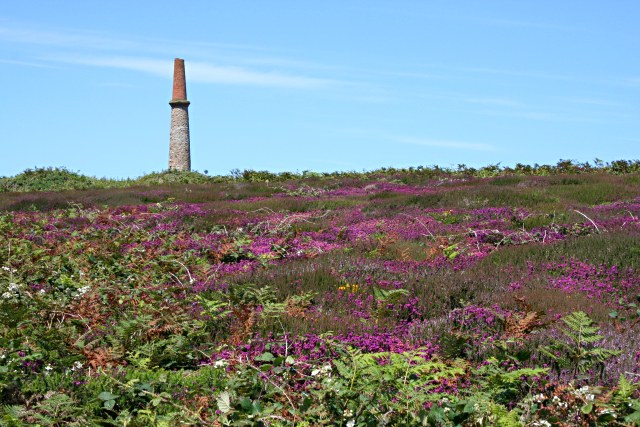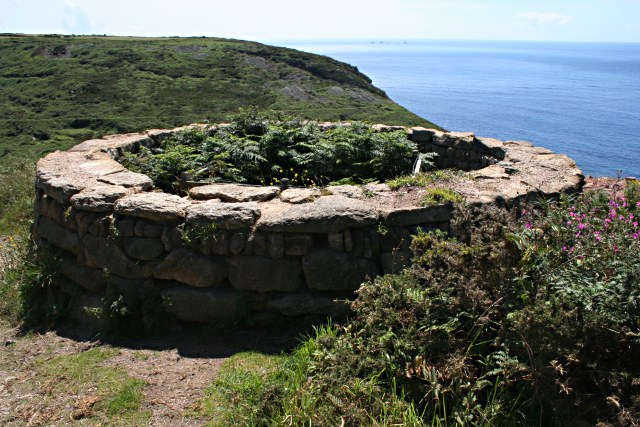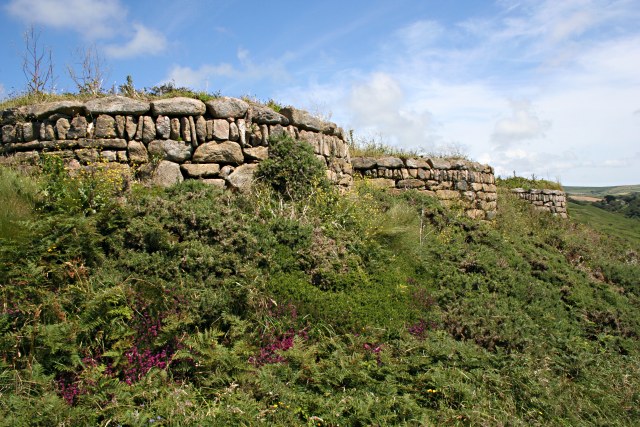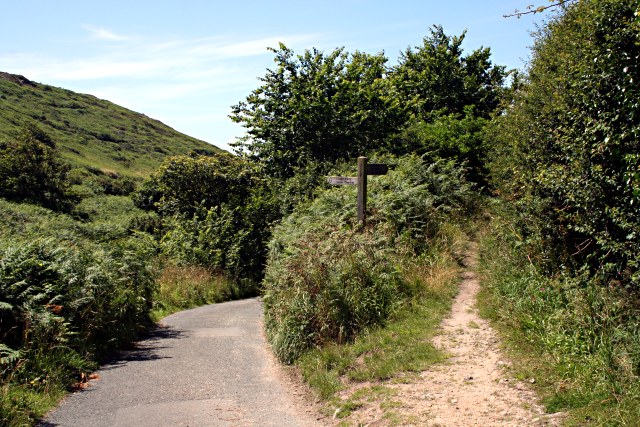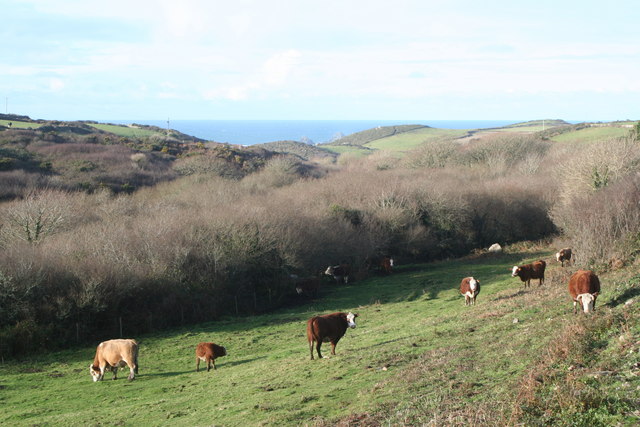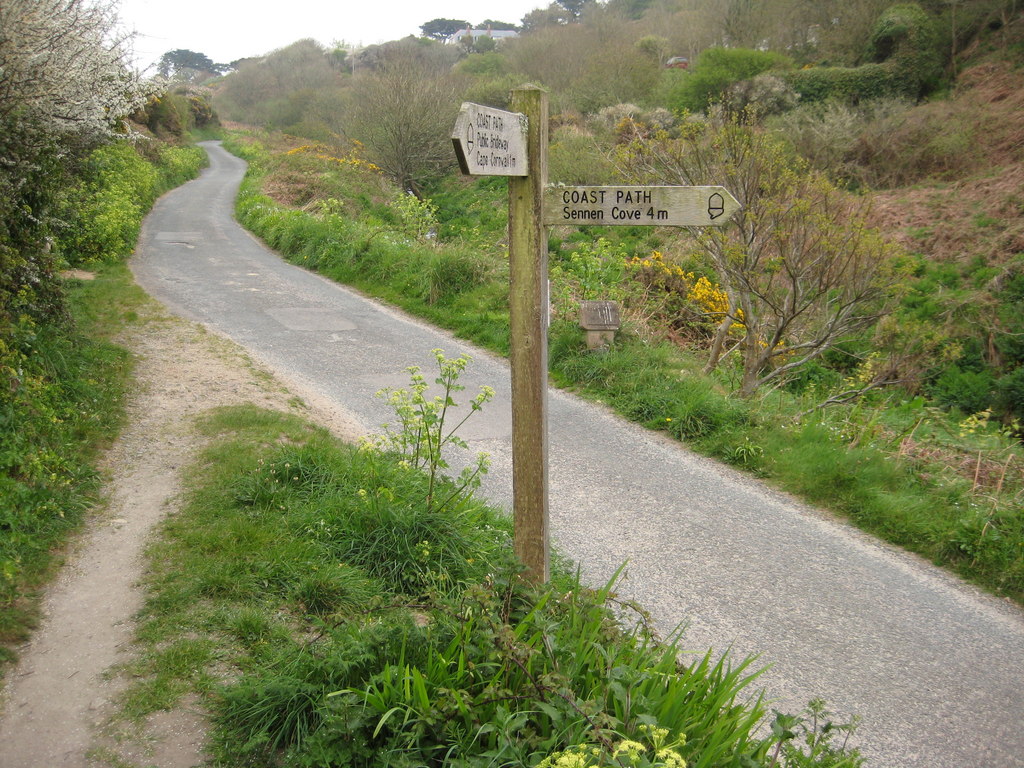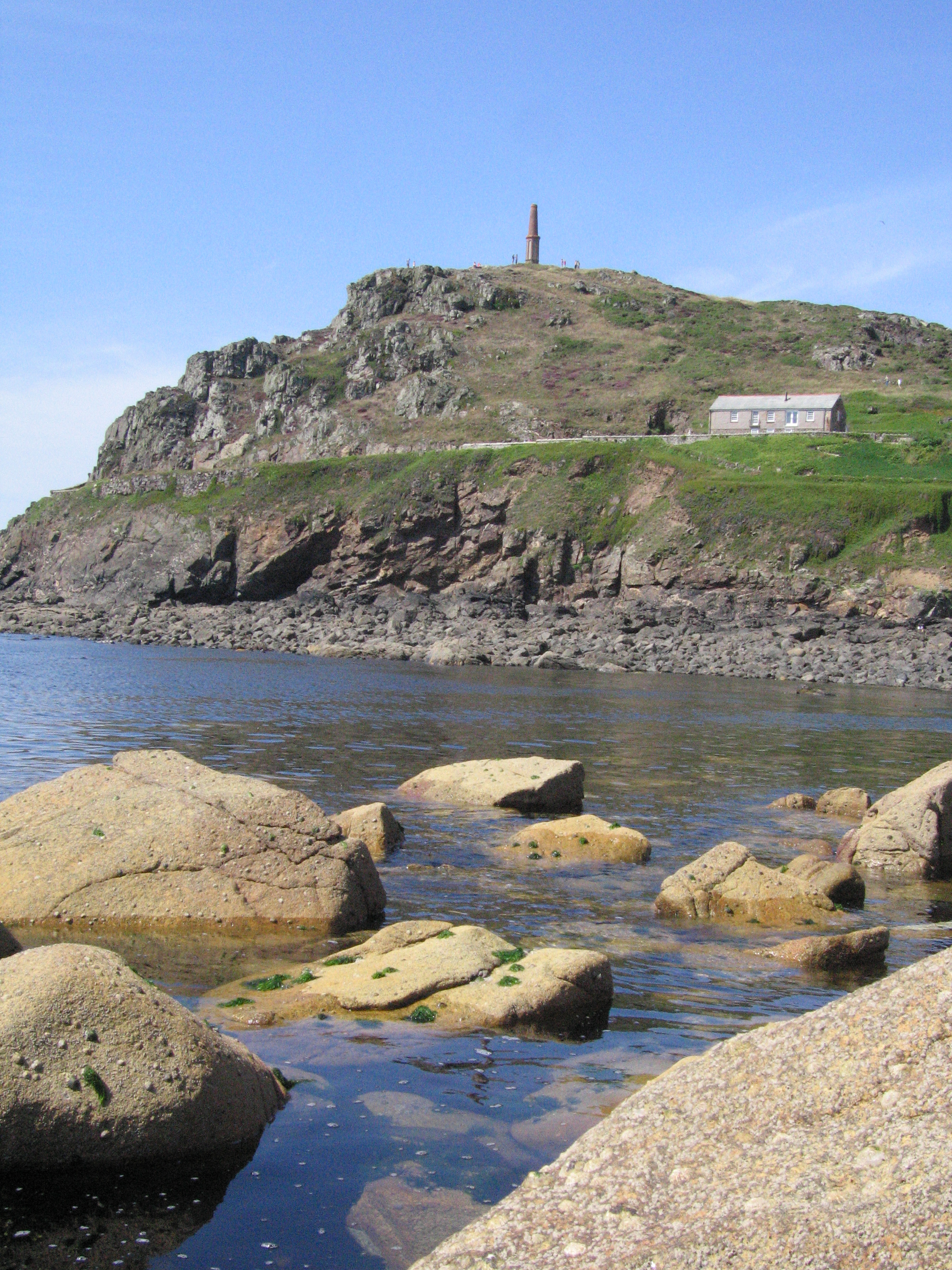Carn Ding Dong
Coastal Feature, Headland, Point in Cornwall
England
Carn Ding Dong
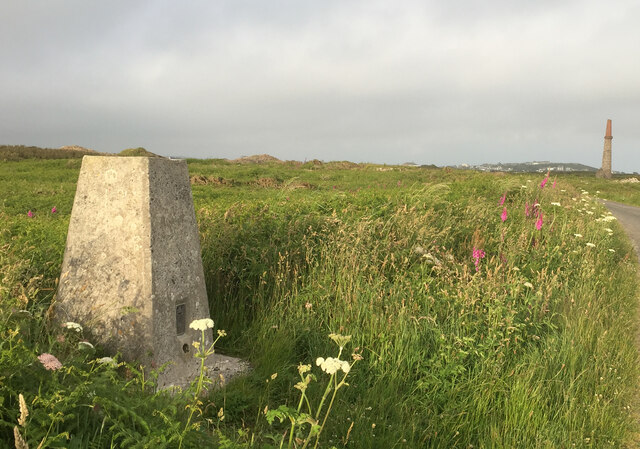
Carn Ding Dong is a prominent coastal feature located in Cornwall, England. Situated on the southwestern tip of the county, it is a headland that juts out into the Atlantic Ocean. The name "Carn Ding Dong" is derived from Cornish language, with "carn" meaning a rocky outcrop or hill, and "ding dong" referring to the sound of waves crashing against the rocks.
This picturesque headland offers breathtaking views of the rugged coastline and the vast expanse of the Atlantic Ocean. Its rocky cliffs rise dramatically from the sea, providing a natural barrier against the crashing waves. The headland is formed by layers of sedimentary rocks, including sandstone and shale, which have been eroded over time by the relentless force of the ocean.
Carn Ding Dong is a popular destination for outdoor enthusiasts and nature lovers. It offers ample opportunities for hiking, birdwatching, and photography. The headland is home to a diverse range of flora and fauna, including various seabirds, coastal plants, and marine life. Visitors can often spot nesting colonies of gulls and cormorants, as well as seals basking on the rocks below.
The headland is also significant from a geological standpoint, as it showcases the unique rock formations and geological processes that have shaped Cornwall's coastline over millions of years. It is not only a natural landmark but also a site of scientific interest.
Overall, Carn Ding Dong is a captivating coastal feature that offers a blend of natural beauty, geological significance, and recreational opportunities.
If you have any feedback on the listing, please let us know in the comments section below.
Carn Ding Dong Images
Images are sourced within 2km of 50.106739/-5.6975976 or Grid Reference SW3529. Thanks to Geograph Open Source API. All images are credited.
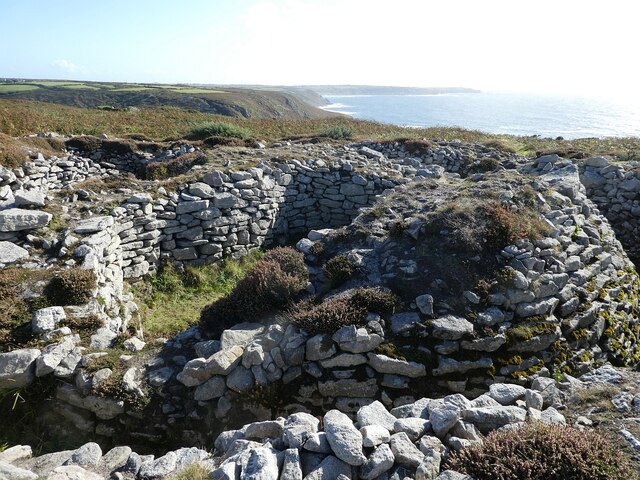
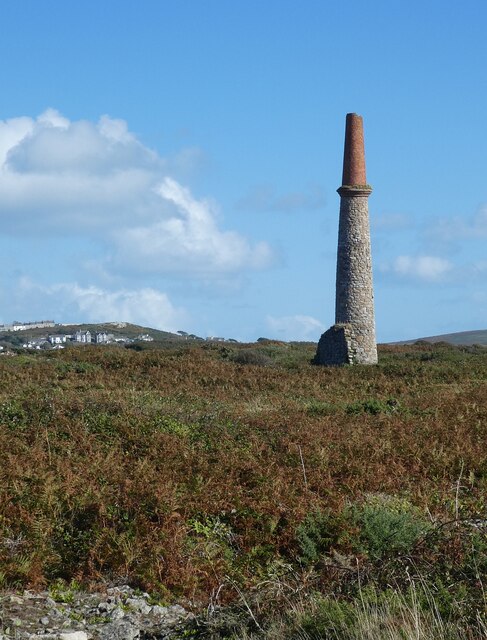
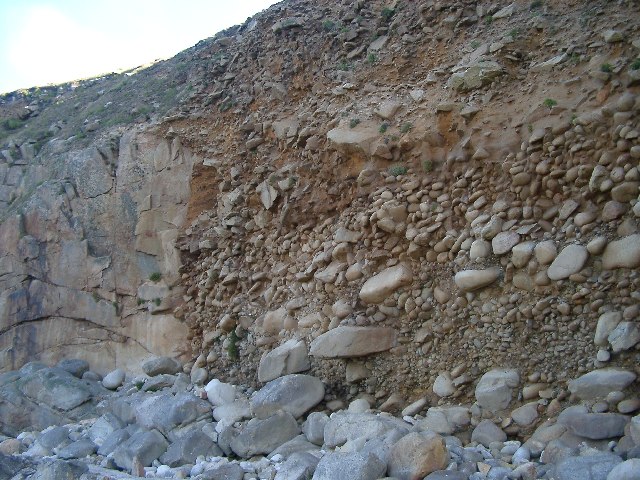
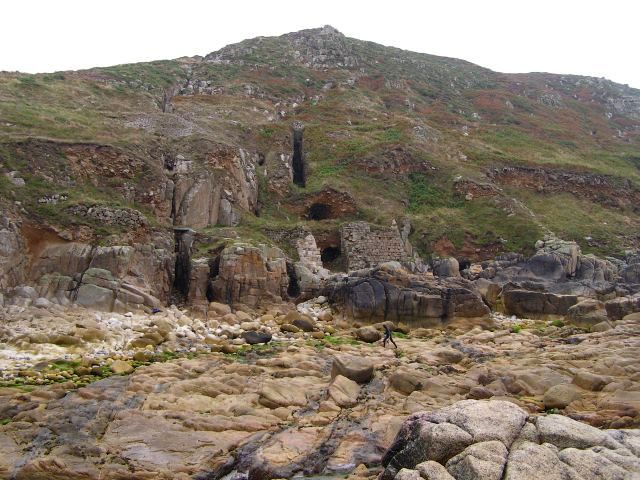
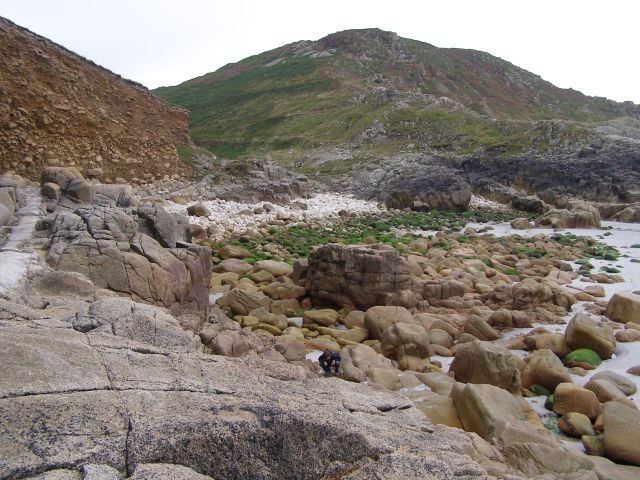
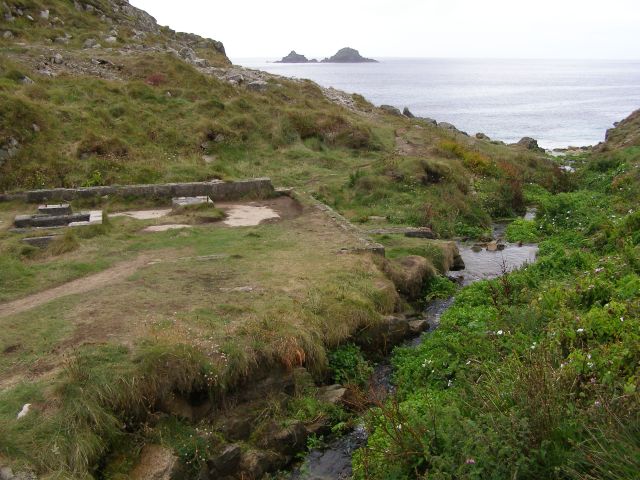
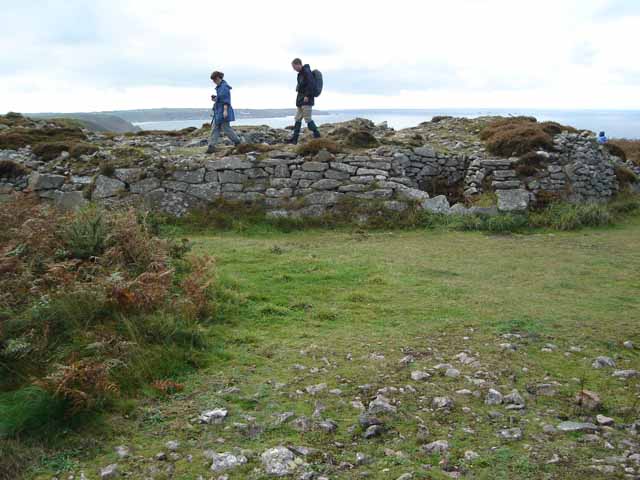
Carn Ding Dong is located at Grid Ref: SW3529 (Lat: 50.106739, Lng: -5.6975976)
Unitary Authority: Cornwall
Police Authority: Devon and Cornwall
What 3 Words
///trend.maddening.sounding. Near St Just, Cornwall
Nearby Locations
Related Wikis
Nanquidno
Nanquidno is a hamlet near St Just in Penwith in west Cornwall, England. It is about half a mile southwest of Kelynack. == References ==
Porth Nanven
Porth Nanven (grid reference SW355307; most well known as Cot Valley and occasionally known as Penanwell) is a beach in the far west of Cornwall, England...
Cot Valley
Cot Valley is located half-a-mile south of St Just in west Cornwall, United Kingdom. It has a very mild microclimate.The stream which runs down the valley...
Kelynack
Kelynack (from Cornish: Kelynek is a settlement in west Cornwall, England, UK. == Geography == Kelynack is on the Penwith peninsula approximately four...
Ballowall Barrow
Ballowall Barrow (Cornish: Krug Karrekloos) is a prehistoric funerary cairn (chambered tomb) which Ashbee (1982) and Hencken (1902–81) state contains...
Land's End Airport
Land's End Airport (IATA: LEQ, ICAO: EGHC), situated near St Just in Penwith, 5 NM (9.3 km; 5.8 mi) west of Penzance, in Cornwall, is the most south westerly...
Priest Cove
Priest Cove (Cornish: Porth Ust, meaning St Just's Cove) or Priest's Cove is a small cove one mile (1.6 km) west of St Just, Cornwall, UK. The name is...
Cape Cornwall School
Cape Cornwall School is a coeducational secondary school located in St Just in Penwith, Cornwall, England. As of January 2022, the school had 270 pupils...
Related Videos
Travel & Walking Cornwall Part 8 Gwynver White Sand Bay
Another two part day where first we explore Gwynver Beach in Cornwall and look over towards the Lands End lighthouse in this ...
Trendrine Hill to Trevalgan Hill - Walk in Cornwall
A video walk on the Penwith Moors of West Cornwall from Trendrine Hill to Trevalgan Hill via Towednack Church and Rosewall ...
200km on the South West Coastal Path
In May 2021, we walked 200km of the path with our q9kilos backpack. camping along the way.
South West Coastal Path | Ringstead to Durdle Door Walk
Abbie heads out to explore some of the most dramatic coastal scenery in the UK, passing the famed UNESCO World Heritage Site ...
Nearby Amenities
Located within 500m of 50.106739,-5.6975976Have you been to Carn Ding Dong?
Leave your review of Carn Ding Dong below (or comments, questions and feedback).
